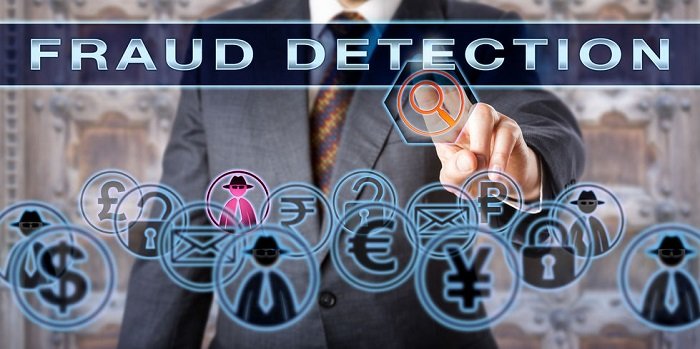We recently read the results of Managing Fraud in Remote Payments, an excellent report compiled by the Federal Reserve Bank of Kansas City, about the fraud detection tools of choice by U.S. e-commerce merchants.
It was no surprise that among 21 tools that the surveyed online merchants use — such as address verification systems, postal validation and customer order history — 19 fraud detection tools saw an uptick in usage since 2010.
What we did find surprising was that 3D secure usage was not among the 19 that experienced an increase. In fact, in the golden age of e-commerce fraud, its usage decreased 6 percent.
The 3 most popular fraud detection tools since 2010
Three fraud prevention tools that had the highest increase in usage since 2010 were customer order history, which increased 34 percent; postal address checks, which increased 33 percent; and negative lists consults, up 32 percent. Other notable tools that saw increased usage included telephone number verification/reverse lookup (up 27 percent) and customer website behavior analytics (27%), credit history check (25%) and IP geolocation (24%).
The most popular fraud tools of 2016
The report included a very encouraging (and unfortunate) statistic: 86 percent of e-commerce merchants surveyed indicated they use both a card verification number (CVN) and address verification systems (AVS) to authenticate consumer purchases. Customer order history (78%) and negative lists (72%) were also heavily used in 2016 as was postal address verification services (67%) and Google maps lookup (64%).
Why aren’t merchants using 3D secure?
The criticism of 3D secure in its infancy was that merchants saw it as more of a sales disruptor rather than a fraud deterrent. For example, when a consumer was in the midst of an online checkout process, a pop-up window appeared requesting the consumer to establish a one-time password or pin to continue the transaction.
It caused confusion and frustration among consumers and resulted in an epidemic of shopping cart abandonment. Though 3D secure 2.0, when fully available, is expected to remedy that.
“Merchants in the U.S. simply don’t use 3D secure because they are not forced to use it,” said Wendy Jacques, Sales Manager at Instabill. “It is not a set standard here like it is in Europe.
“Most merchants are wary of 3D secure because they feel it will make them lose customers,” she added. “It’s an extra step for their customers in the checkout process.”
Payments security top priority for e-commerce merchants
It was promising to read the results of the Managing Fraud in Remote Payments report by the Federal Reserve Bank of Kansas City, to see e-commerce merchants proactive in securing transactions and consumer information.
When Instabill matches a merchant with the best acquiring bank for their industry, we urge them to consider the merchant account security features, like the ones mentioned prior, which they are offered.
Instabill merchant account managers are always up for a conversation about the best fraud detection tools for e-commerce, reachable by calling direct at 1-800-530-2444.



There are several fraud screening solutions in the market more than 5 years, such as minFraud, FraudLabs Pro and Kount.
Give them try and you can reduce credit card fraud almost immediately.
Thanks for the comment Mike. Agreed, all solid options. I’ve found that prevailing wisdom, unfortunately, is that many SMB merchants believe they cannot afford third party services (something I’ll be blogging about soon), even though merchants would be recovering revenue.